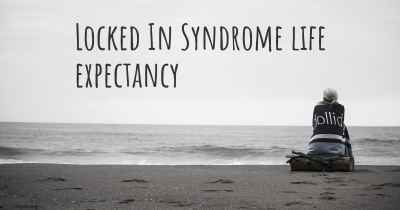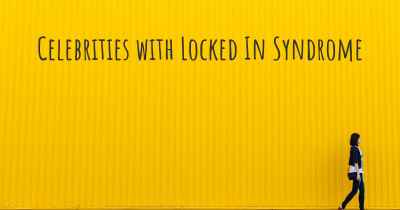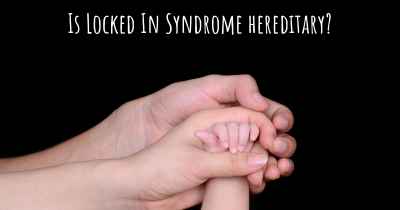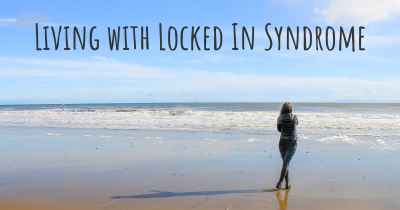What is the history of Locked In Syndrome?
When was Locked In Syndrome discovered? What is the story of this discovery? Was it coincidence or not?

Locked-In Syndrome: A Brief History
Locked-In Syndrome (LIS) is a rare neurological condition characterized by complete paralysis of voluntary muscles, except for eye movements. Individuals with LIS are fully conscious and aware of their surroundings but are unable to speak or move their limbs. The history of Locked-In Syndrome dates back to the mid-20th century when it was first recognized and described by medical professionals.
Discovery and Early Understanding
The term "Locked-In Syndrome" was coined in 1966 by French physician Jean-Dominique Bauby, who himself experienced the condition following a severe stroke in 1995. However, the syndrome was documented earlier by other medical experts. In the 1940s, Austrian neurologist Friedrich Goltz observed patients with similar symptoms and referred to the condition as "Pseudocoma." It wasn't until Bauby's personal experience and subsequent memoir, "The Diving Bell and the Butterfly," that the condition gained significant attention.
Causes and Mechanisms
Locked-In Syndrome is most commonly caused by damage to the brainstem, particularly the pons region, which serves as a vital communication pathway between the brain and the rest of the body. This damage can result from various factors, including stroke, traumatic brain injury, brainstem tumors, or certain neurological diseases.
Clinical Features and Diagnosis
Individuals with Locked-In Syndrome typically exhibit quadriplegia (paralysis of all four limbs) and an inability to speak or swallow. However, they retain full consciousness and cognitive function. Diagnosis of LIS can be challenging, as it requires ruling out other conditions that may cause similar symptoms, such as coma or vegetative state. Neuroimaging techniques, such as MRI or CT scans, are often employed to identify brainstem lesions.
Communication and Assistive Technology
One of the most significant challenges faced by individuals with Locked-In Syndrome is communication. In the early years, before the advent of advanced technology, communication options were limited. Patients often relied on eye blinks or movements to convey simple messages. However, advancements in assistive technology have revolutionized communication for individuals with LIS. Eye-tracking devices, brain-computer interfaces, and specialized computer software now enable them to communicate more effectively and independently.
Research and Rehabilitation
Over the years, research into Locked-In Syndrome has focused on improving the quality of life for affected individuals. Rehabilitation programs play a crucial role in helping patients adapt to their condition and regain some level of independence. Physical therapy, occupational therapy, and speech therapy are commonly employed to enhance mobility, functional abilities, and communication skills.
Public Awareness and Advocacy
The publication of Bauby's memoir, "The Diving Bell and the Butterfly," brought significant attention to Locked-In Syndrome and raised public awareness about the condition. Bauby's personal account of living with LIS inspired many and shed light on the resilience and strength of individuals facing severe physical limitations. Since then, various advocacy groups and organizations have emerged to support individuals with LIS and their families, providing resources, information, and a platform for sharing experiences.
Conclusion
Locked-In Syndrome, though rare, has a rich history that spans several decades. From its initial recognition by medical professionals to the advancements in communication technology and rehabilitation, the understanding and support for individuals with LIS have significantly evolved. Ongoing research and advocacy efforts continue to improve the lives of those affected by this challenging condition.








